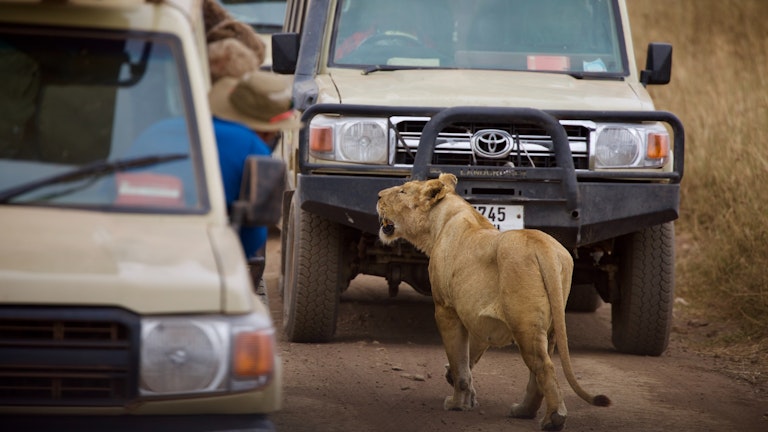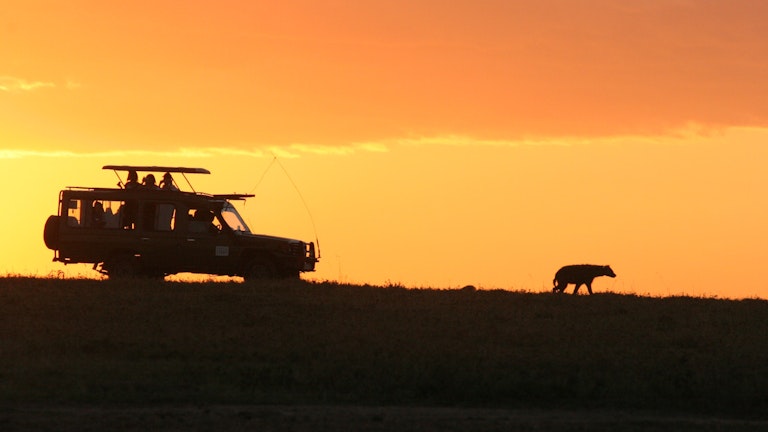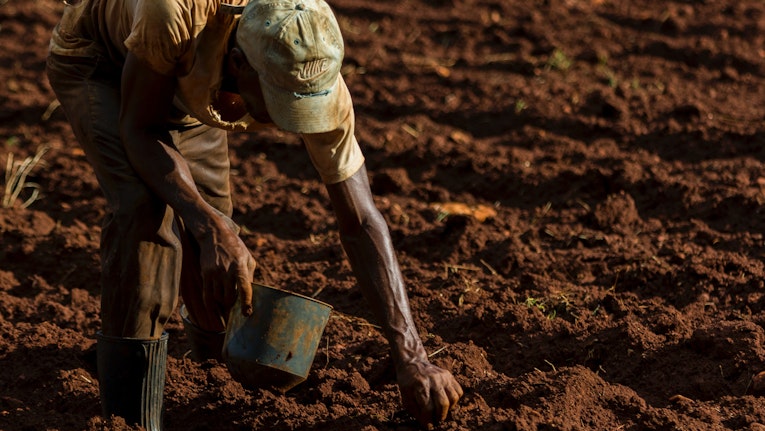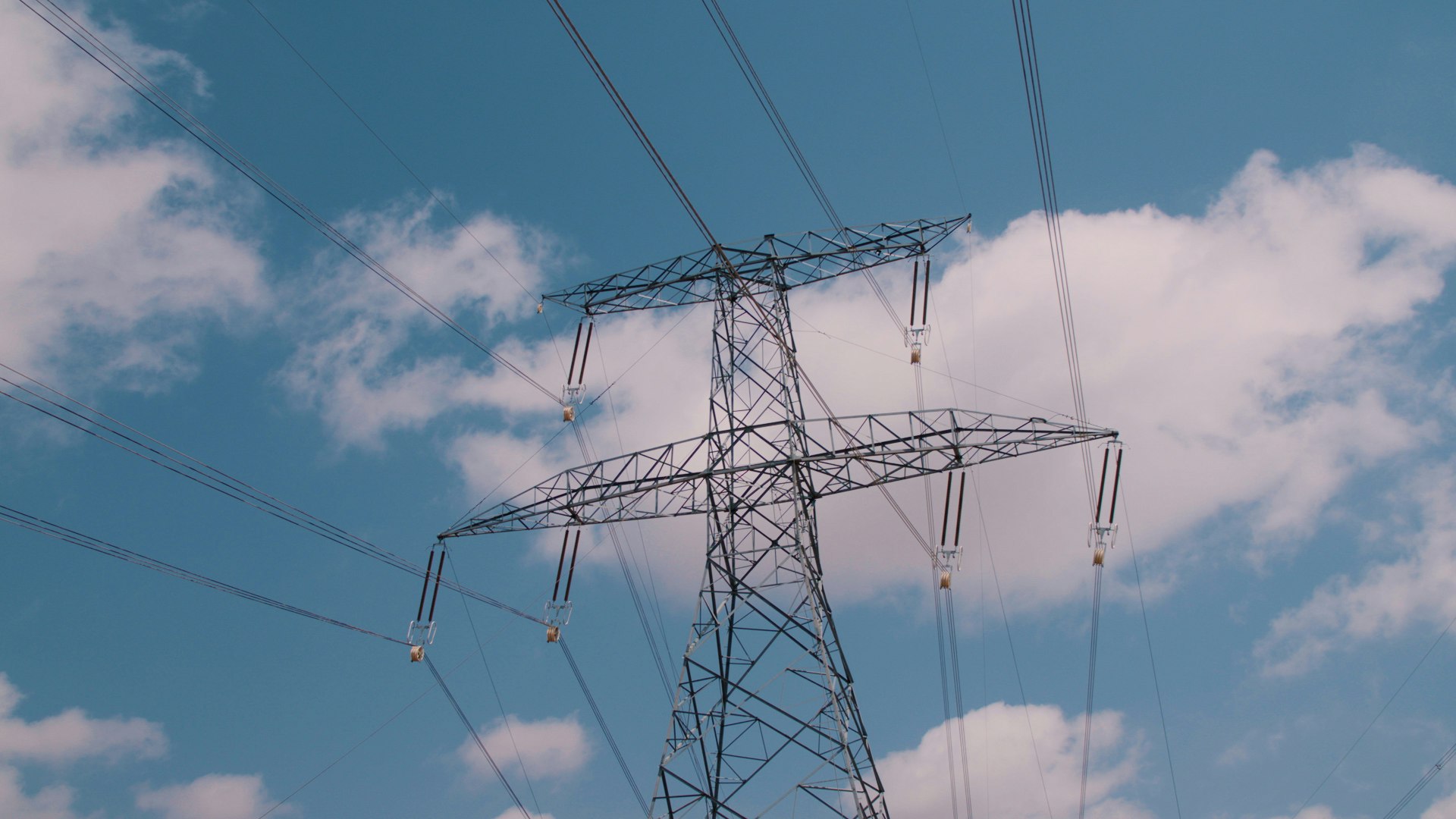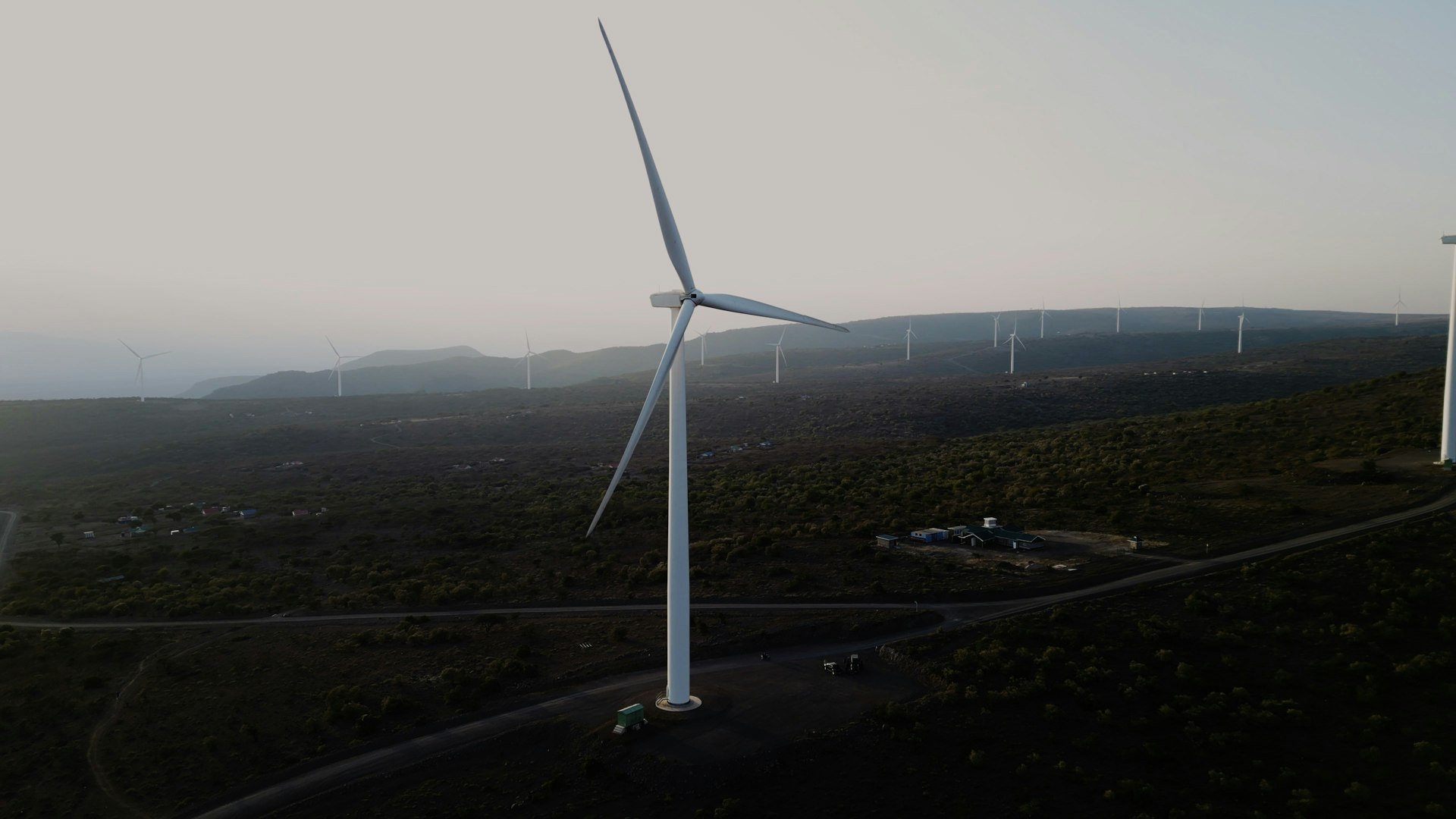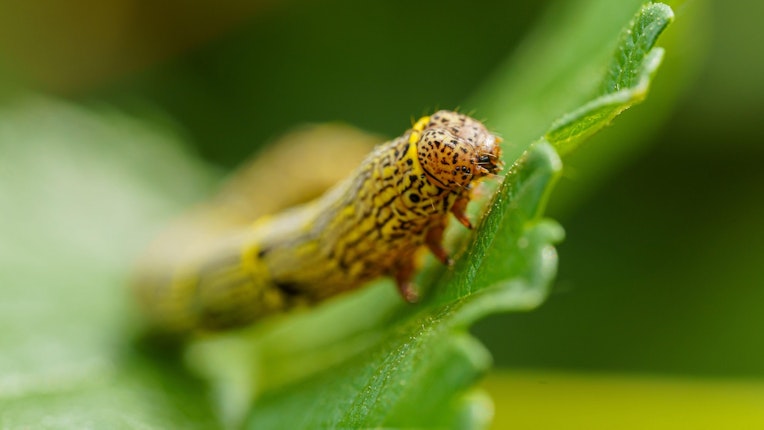
Earth is home to over 430 complex ecosystems, each with individual organisms that live together and depend on one another. When these ecological balances are disturbed, it impacts everything in the ecosystem.
Invasive alien species (IAS) are partly responsible for such imbalances, and the intensifying effects of climate change are only exacerbating their effect. For humans, this poses enormous threats to food security, economic stability, health, and the livelihoods of millions.
IAS are present across the global landscape, but their spread and methods for containment vary from country to country. Africa is especially vulnerable due to increased travel and trade, and relatively weak cross-border quarantine and prevention systems.
However, sustainable and holistic management systems have been used in recent cases to reduce the spread and damage caused by IAS. As research has progressed, more, affordable, and viable long-term solutions have emerged.
Invasive alien species’ impact across Africa
Invasive alien species are living organisms that are not native to a particular geographical region and cause the disruption of local ecosystems. These species adversely impact biodiversity through competition, predation, or the transmission of pathogens. At times IAS are spread intentionally to non-native regions by humans for a number of functional benefits, such as horticulture, farming, or hunting. They are also spread accidentally as ‘stowaways’ through air freight or shipping containers.
IAS threaten food security due to their negative impact on agriculture and fisheries sectors. They rapidly outgrow natural species and overwhelm new environments because they have no biological competitors or predators to balance their impact on the ecosystem.
It is estimated that Africa loses around $65 billion a year from the effects of IAS, affecting livelihoods in 70% of the continent’s countries. These losses are in the form of agricultural yield losses, reductions in livestock from lack of grasslands, and increased weeding costs. In turn, these losses exacerbate socio-economic issues, such as water loss, social conflicts, and health risks.
Climate change and the acceleration of IAS
Studies have shown that climate change is accelerating the introduction and spread of IAS. Its effects influence how species travel, making their invasions, at times, rapid, severe, and less predictable.
Certain IAS have the adaptive traits, genetic variability, and physiology to grow, reproduce, and spread successfully under conditions of climate change. In extreme weather conditions, the survival rate of native species often does not match that of alien species.
In a vicious cycle, IAS reduce the resilience of natural habitats and agricultural systems, while climate change lowers the ability of habitats to resist biological invasion. Between 2005 and 2050, the number of established alien species worldwide is predicted to rise by 36%.
IAS mitigation and management
The most effective approach of limiting the spread of IAS and reducing their impact is to combine both mitigation and management solutions.
Cross-border biosecurity measures, early warning systems, and international and transnational policies are amongst possible mitigation solutions. But, for these to be effective, the international community must work together. Without sufficient cooperation and cross-border agreements, IAS will continue to be a perpetual problem across the world.
Conventional methods of IAS management include synthetic insecticides that have led to the rise of resistant pest populations and outbreaks of secondary pests. They are also more expensive and, when the chemicals contaminate soil, water, and vegetation, they create levels of toxicity that are lethal to many plants and wildlife.
Biological control methods and the fall armyworm
A more sustainable, environmentally friendly, and economical management solution is seen with biological control. This method involves the introduction of IAS’ natural enemies to its new habitats. The natural enemies remove the competitive advantage of the IAS until its vigour is reduced to a level comparable to that of the natural environment.
Telenomus Remus, an egg parasitoid species, is a natural enemy to the fall armyworm (FAW). Infamous for its ability to damage and destroy a large variety of crops, the FAW is currently the most damaging pest affecting maize yield loss across most of Africa today. It has rapidly spread across the continent, causing annual yield losses of $9 billion, and threatening the livelihood and food security of more than 300 million smallholder farming families.
Research suggests that Telenomus Remus could be a natural solution to countering FAW invasions. By parasitising FAW eggs, their growth, feeding, and movement is disrupted, resulting in lower impacts on crop yields. This type of biological control method can be highly effective in managing IAS, while lessening risks to biodiversity levels. Although early phases of such methods can be expensive, costs are still much lower than the development and continuous use of conventional control techniques.
Prioritising vulnerable regions
Climate change and IAS are threatening global biodiversity levels, disrupting vital ecosystems on which human life depends. African regions most vulnerable to IAS must be prioritised in climate policy and the implementation of effective and affordable control solutions, like bio-control, for safeguarding much of the continent’s future food security and socio-economic development.
